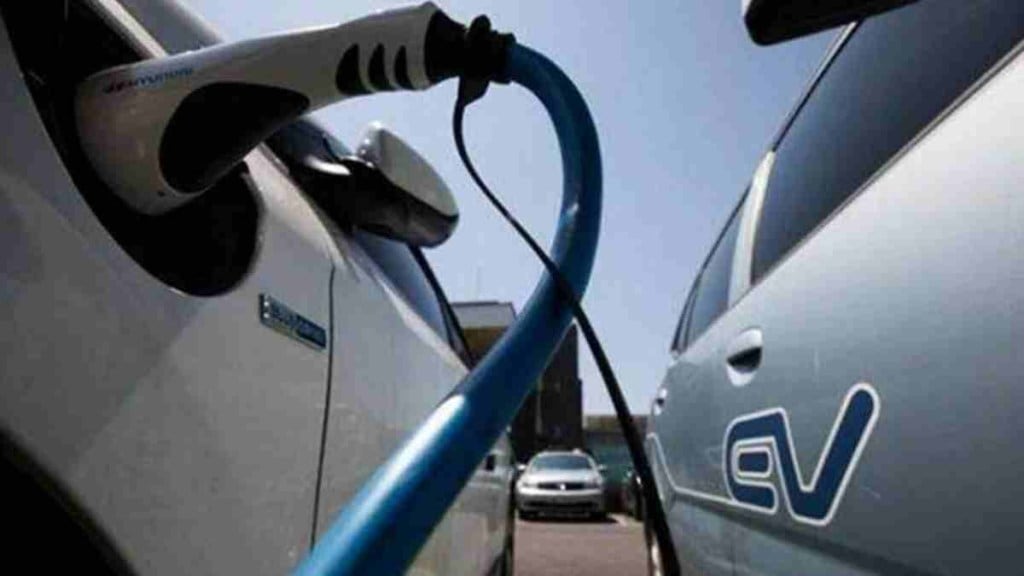From a penetration level of under 2% in 2021, electric vehicles (EVs) have captured nearly 5% of the Indian automotive market this year, with demand remaining unabated and far outstripping supply.
A projected compound annual growth rate (CAGR) of 49% between 2021 and 2030 will push the annual sales of EVs to 17 million by 2030 from a little over 300,000 in 2021. NITI Aayog expects EV penetration of 30% for cars, 40% for buses and 80% for two- and three-wheelers by 2030.
The absence of an engine and transmission makes electric vehicles use a much smaller number of auto parts compared with an internal combustion engine (ICE) vehicle. This has led a large portion of parts manufacturers, who are dependent on ICE vehicle demand, to change their business process.
Also Read: Cummins makes open offer to buy 26% in Automotive Axles
According to early estimates by McKinsey & Co, the transition to EVs could impact up to 50% of ICE bill of material components. This could disrupt the portfolio of incumbents in traditional ICE component categories. While the shift towards EVs is inevitable, a large share of the market will continue to be powered by fossil fuels. Auto component makers, a crucial link in the entire automotive ecosystem, have hence fast-tracked the switch to EVs while continuing their focus on conventional fuels.
Bosch, a global leader in direct injection systems for ICE vehicles, has progressed to making electric powertrains solutions. Speaking to FE, Guruprasad Mudlapur, joint MD for Bosch Limited, and chief technology officer for Bosch, said: “ICE will remain a major player in India. Bosch will continue to optimise ICE powertrains while investing in developing EV powertrains. In the ICE domain, Bosch still has a significant presence in diesel and gasoline powertrain components supporting OEMs in passenger car, commercial vehicle and off-highway segments.”
Market watchers admit that it is impossible to exactly predict EV growth patterns each year as it depends on geopolitical situations, lithium extraction pace, cost of lithium and other materials, government incentives to boost EV adoption, product safety concerns, and charging infrastructure.
Some auto component makers have moved to making products technology-agnostic through in-house R&D or partnerships.
Speaking to FE, Aakash Minda, executive director, Minda Corporation, said: “More than 95% of our revenues come from products that are ICE to EV change agnostic, which gives significant headroom for quickly scaling up in the EV segment.”
Spark Minda has partnered with Bengaluru-based EVQPOINT, for battery chargers and EV equipment.
Minda is also supplying advanced versions of its legacy solutions like wiring harness, digital clusters, and keyless locking systems.
For makers of traditional auto components, about 75% of revenue comes from the parts used in EVs too. The growth, therefore, is not a challenge for such companies, as per a report by Crisil.
Faster electrification of the Indian automotive market is also leading automotive companies to look at India as ‘China+1’. As global auto giants increasingly speak about moving beyond China and making India a production hub for EVs, auto component firms are betting future investments on the new technology.



















